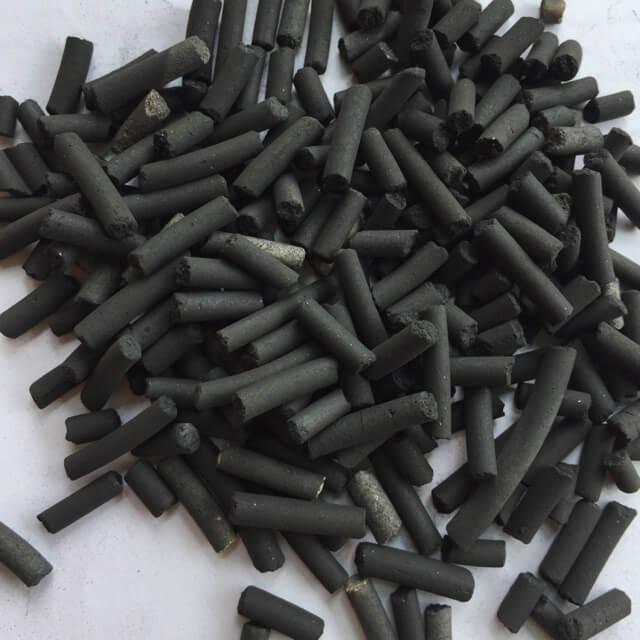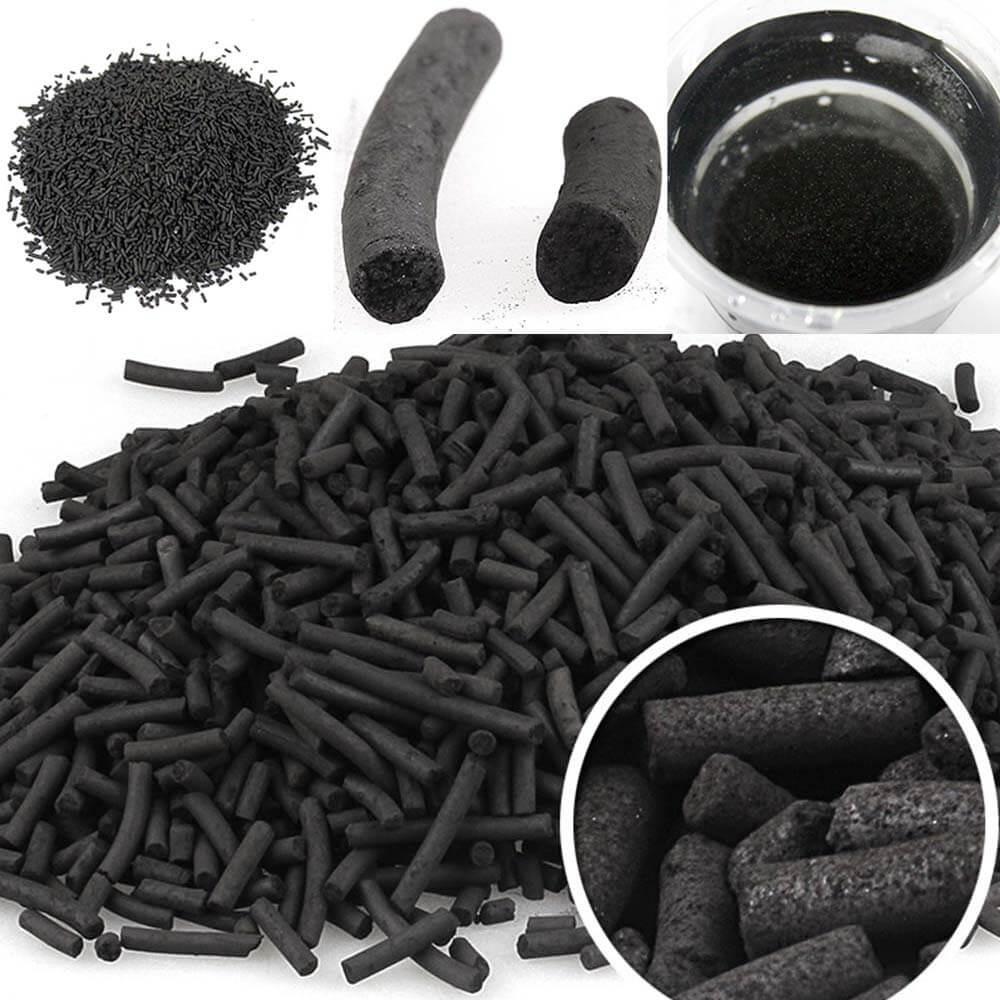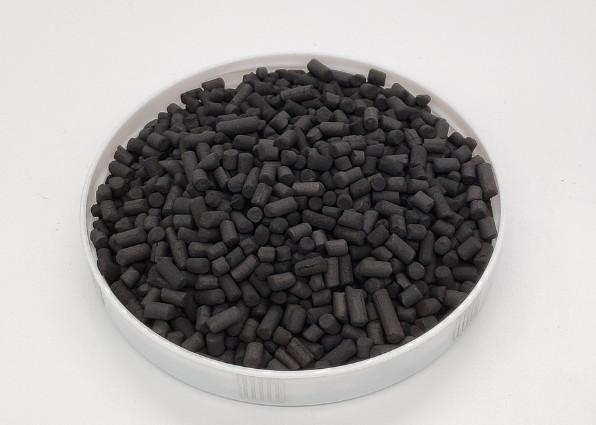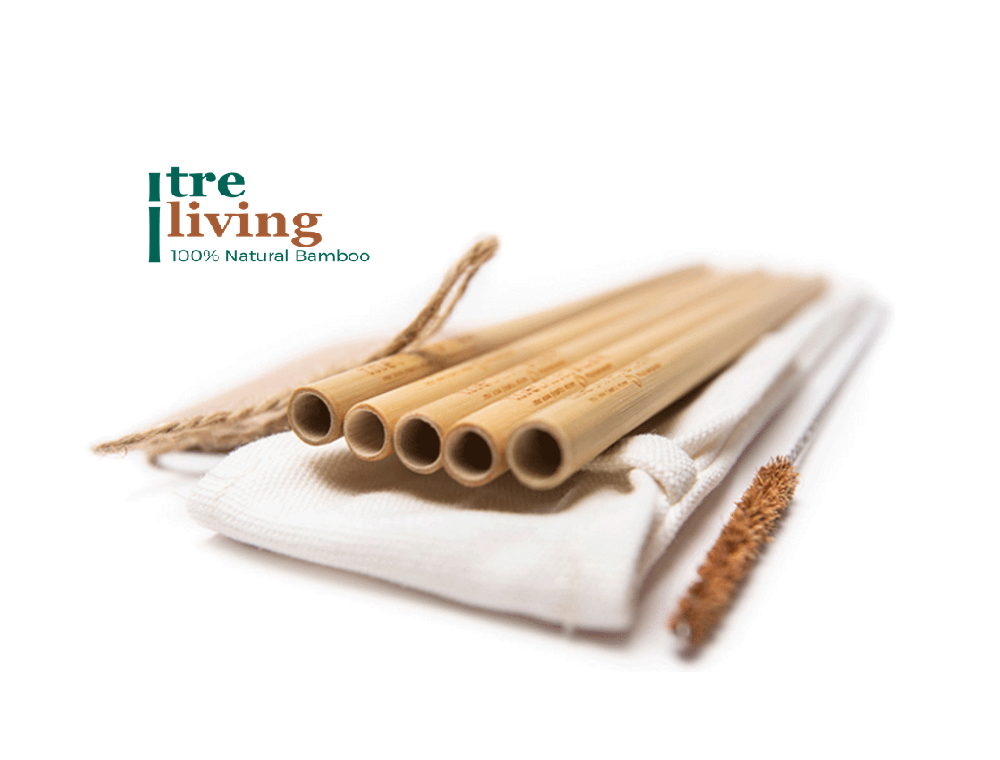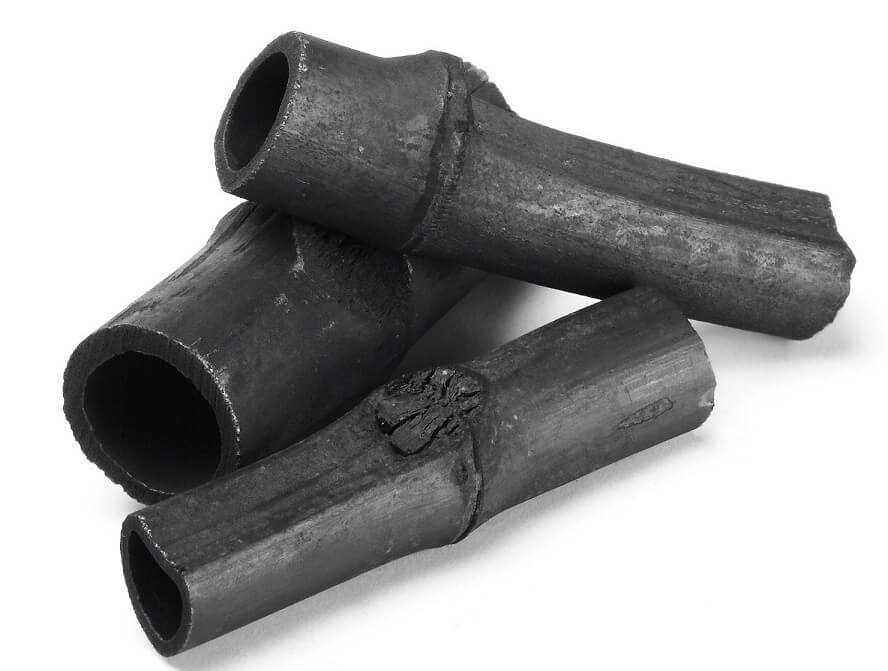GREENER FUTURE JSC.
Activated carbon pellets
Activated carbon in pellet form is produced from materials with high carbon content, such as bamboo, coal, wood, coconut shells, etc. These materials are heated in an anaerobic environment, creating holes. porous on the surface. These pores are very small in size, from only a few nanometers to a few micrometers.
Product specifications
| Form: pellet | Iodine: 500 -1000 mg/g |
| Size: 2, 3, 4, 5 mm | CTC: Min 60% |
| Humidity: 5% max | Hardness: 96% |
| Ash level: 10% max | Surface size: 800 - 1200 m2/g |
Product features
- Reusable multiple times
- Unique pore structure
- Made from bamboo, coal, coconut shells
- High filtration rate
- Strong adsorption capacity
- Large surface area
Applicability
- Water treatment
- Adsorption of H2S
- Gas treatment
- RO water filtration systems
- Recovery of organic solvents
- Sulfur & nitrate removal
Introduction
Pelletized activated carbon is produced from high-carbon materials such as bamboo, coal, wood, and coconut shells. These materials are heated in an anaerobic environment, creating porous cavities on the surface. These pores are very small, ranging from a few nanometers to several micrometers. Depending on the intended use, activated carbon can be compressed into pellet or cylindrical shapes with varying sizes, diameters, and lengths.
The ideal adsorption capacity of pelletized activated carbon allows it to remove many pollutants from air and water. This product can be reactivated to its original state through thermal oxidation and can be reused multiple times.

